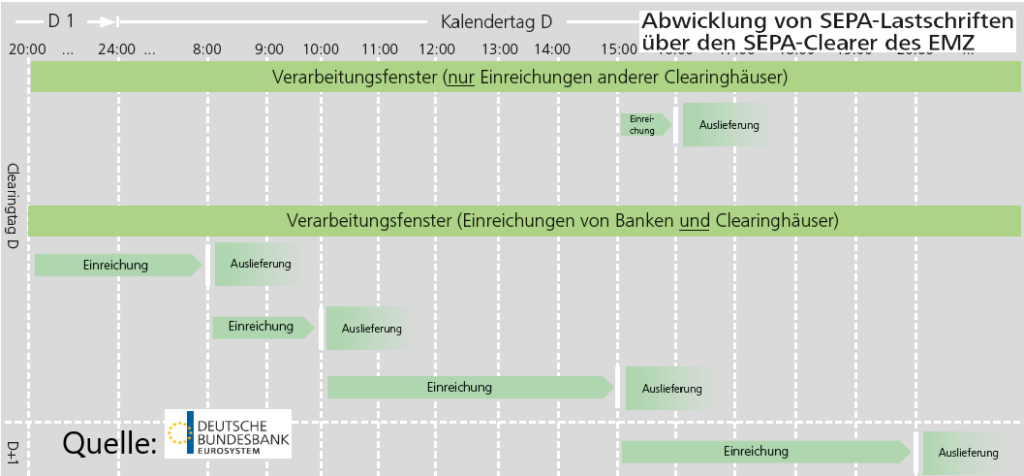An article by
Andreas Wegmann
Published on
28/01/2021
Updated on
13/01/2022
Reading time
2 min
A wide variety of messages are exchanged via the SWIFT network that serve various kinds of financial businesses. Two different message formats are currently used: SWIFT MT and SWIFT MX. Here is a brief overview:
MT according to ISO15022 – FIN
The most common message format is SWIFT MT (“Message Types”) and is based on ISO 15022. Communication mostly takes place via FIN. The first number in the name gives a hint about the usage:
- MT0nn – system messages (technical)
- MT1nn – customer payments (corporates or consumers)
- MT2nn – interbank payments
- MT3nn – money and foreign exchange transactions
- MT4nn – Collections, letters of credit
- MT5nn – securities transactions
- MT6nn – precious metals and syndicated deals
- MT7nn – documentary letters of credit
- MT8nn – travelers checks
- MT9nn – account information
The SWIFT MT messages relevant for payment transactions are therefore MT1nn, MT2nn and MT9nn.
MX according to ISO 20022
The world of finance is in the process of migration to XML and SWIFT also does have a roadmap. With these structured messages, more information can be sent, which allows a higher degree of automation for all involved parties. The classification of these new SWIFT message formats is of course different:
- acmt.nnn.nnn.nn – Account Management
- admi.nnn.nnn.nn – Administration
- camt.nnn.nnn.nn – Cash Management
- defp.nnn.nnn.nn – Derivatives
- pacs.nnn.nnn.nn – Payments Clearing and Settlement
- pain.nnn.nnn.nn – Payments Initiation
- reda.nnn.nnn.nn – Reference Data
- seev.nnn.nnn.nn – Securities Events
- sese.nnn.nnn.nn – Securities Settlement
- setr.nnn.nnn.nn – Securities Trade
- trea.nnn.nnn.nn – Treasury
- tsmt.nnn.nnn.nn – Trade Services Management
The messages relevant to payment transactions are pacs, pain and camt. It is worth knowing in this context that the ISO standard allows interpretations. Deviations can occur even with the same version number. An example of this about pacs.008 can be found here: “ISO 20022 not the same as ISO 20022“.
Migration from MT to MX
Of course, ISO 20022 is the future-oriented format, but many banks and corporates are reluctant to migrate. The reason for this is the fundamentally different handling during processing and not just an expansion of data fields. As a rule, workflows have to be adapted.
The temptation is therefore great to leave your own system on the MT standard and “trim” incoming MX messages accordingly. This strategy has the disadvantage that this data is then missing, e.g. for money laundering information or audits. “MX light” solutions are therefore rarely recommended.
Share




